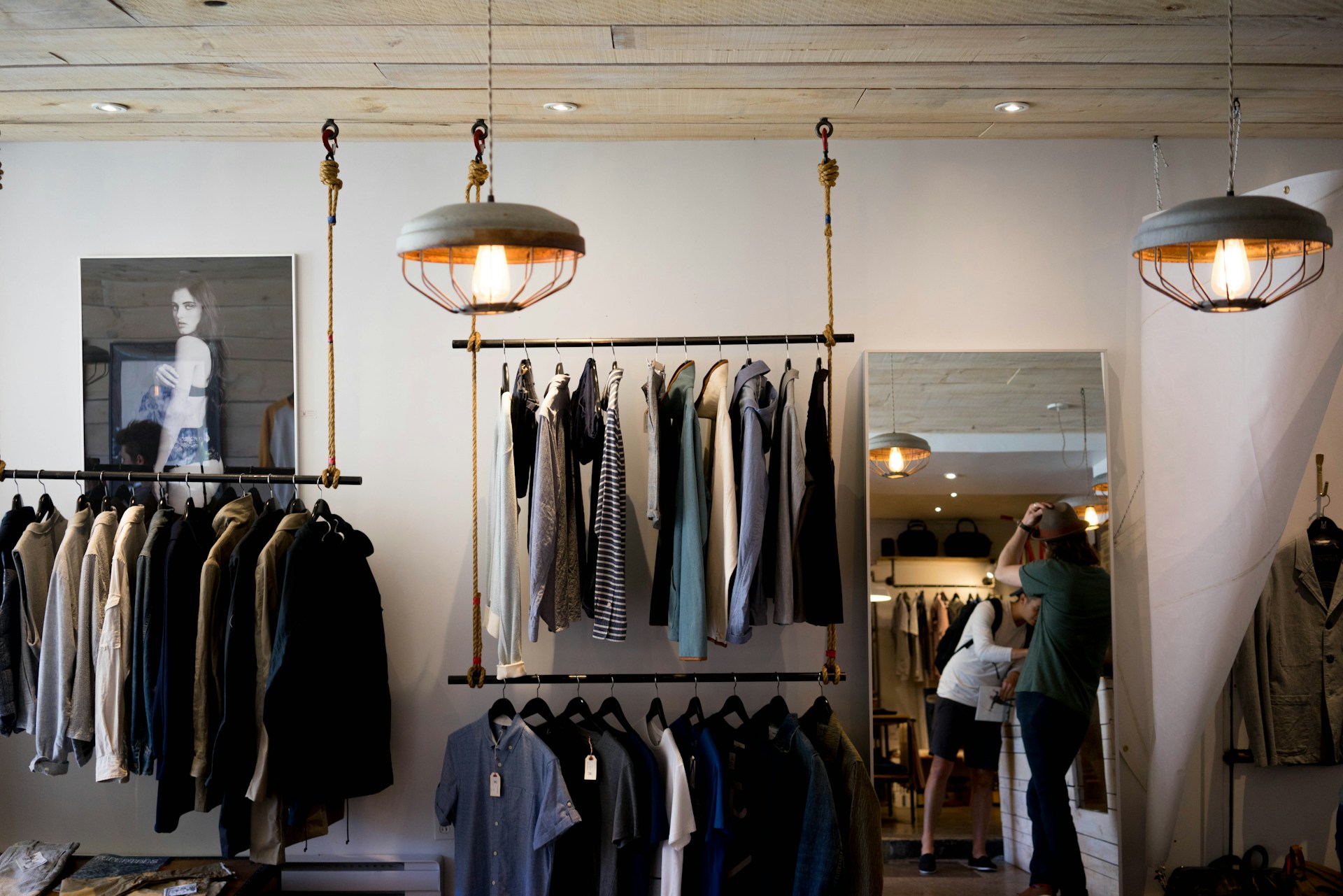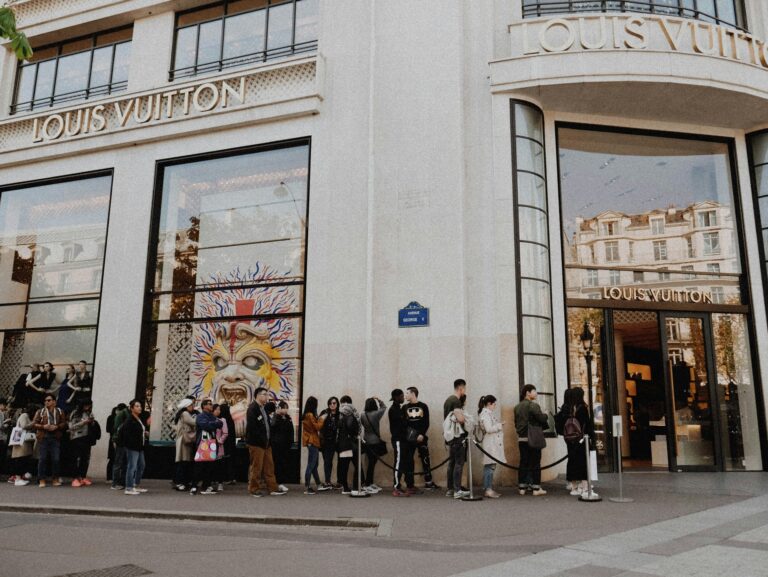
Smart Fashion, Smarter Wallets
In 2025, price-conscious shoppers rule the runway, and brands must prove their worth or risk irrelevance. With resale booming and eco-affordability on the rise, the old playbook is out—survival means mastering value, transparency, and innovation.
by Anamaria Roa
Fashion brands entered 2025 with a clear challenge: adapt to cost-conscious consumer demands or risk losing relevance. The State of Fashion 2025 report by Business of Fashion and McKinsey & Company highlights a critical moment for the industry, shaped by a change in shopper priorities, economic uncertainty, and emerging opportunities. Here’s what brands need to know to stay ahead:
With macroeconomic uncertainty still looming, consumer confidence in the Eurozone, U.S., and China remains significantly lower than pre-pandemic levels—by 10-30 points. Even as confidence gradually improves in some regions, cost-saving behaviors persist, forcing brands to reevaluate their strategy—prove their value, win over cautious shoppers, and capture their share of the market.
- Cost-Conscious Choices: Over 60% of U.S. and U.K. shoppers actively seek to save on fashion, with affordable options like resale and dupes gaining significant traction.
- Trading Down: By late 2024, 64% of U.S. consumers reported switching to outlets, off-price retailers, or cheaper substitutes — a behavior set to continue through 2025.
- Enduring Value Focus: Nearly 70% of shoppers plan to continue value-oriented behaviors, even as economies recover.
Opportunities Despite Tightened Budgets
While consumer spending remains cautious, certain growth areas hint at potential progress and opportunity.
- Resale Revolution: Platforms like ThredUp and Vinted are thriving as shoppers turn to secondhand deals—41% of shoppers according to the report. Vinted also reported that 65% of buyers prefer fewer, high-quality items over fast fashion. Brands integrating resale into their strategies can capture this demand.
- Off-Price Momentum: From 2023 to 2024, off-price retailers grew 1.8 times faster than the broader fashion market, proving that affordability paired with desirability can win over hesitant buyers.
- Eco-Affordability: With sustainability increasingly important, eco-friendly dupes and circular fashion options are gaining popularity. Shoppers want affordability without sacrificing environmental values.
A Winning Example: Shein’s Resale Revolution
Shein exemplifies how brands can not only adjust to meet shifting demands, but also create innovative strategies to excel.
- Tapping Into the Resale Market: In 2023, its peer-to-peer platform, Shein Exchange, gained 4.2 million U.S. users before expanding to Europe, appealing to cost-conscious and sustainability-focused consumers.
- Consumer Demand: By blending affordability with desirability through influencer marketing, Shein has set a high standard for agility. Recognizing the economic challenges, Shein responded by introducing an innovative system offering consumers a way to save money and maintain access to desirable fashion.

Go Green or Go Broke: The Power of Transparency in Sourcing
Shoppers are prioritizing value—that is a fact. Consumers, particularly younger generations, care more about sustainability than their predecessors. The future is green, and fashion brands need to not only focus on affordability and quality but also incorporate sustainable practices.
- Eco-friendly Materials: Brands that are prioritizing sustainable materials to reduce their environmental footprint are leading the way for eco-conscious consumers.
- Transparent Sourcing: Clear communication about sourcing practices builds trust with consumers who value ethical and responsible production.
- Circular Fashion Models: Recycling, upcycling, and resale programs will help brands tap into the growing demand for sustainability while reducing waste.
Looking Ahead: The Old Playbook is Now Obsolete
To thrive in 2025, fashion brands must align with evolving consumer priorities. They must connect with shoppers and create a balanced approach, combining affordability, quality, and innovation. In this cost-conscious market, success hinges on three key pillars:
- Effective Communication: Brands must clearly and transparently communicate what they offer and why their product beats the competition—whether in price, quality, variety, or sustainability. This promise of identity must never be broken, especially to cautious shoppers.
- Tailored Strategies: Adapt offerings based on regional behaviors and preferences.
- Customer-Centric Value: Define what “value” means to your shopper and deliver on that promise.
As fashion consumers rethink their priorities, brands that can resonate with their evolving needs will secure their place in the market. Here’s to 2025 — the reckoning year for fashion brands. May they rise to the challenge, embrace change, and lead the way for cautious consumers.


